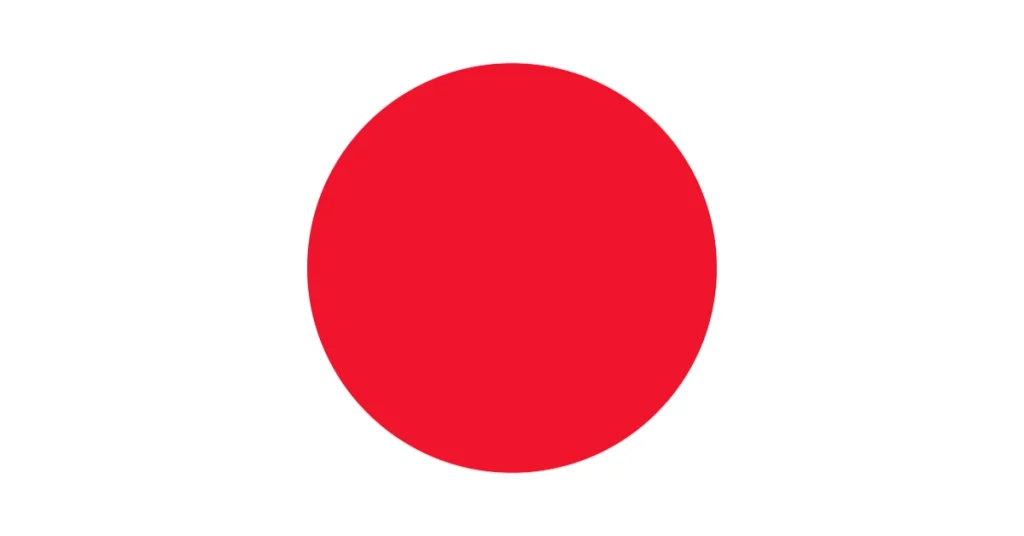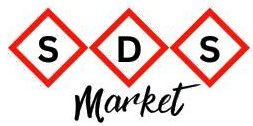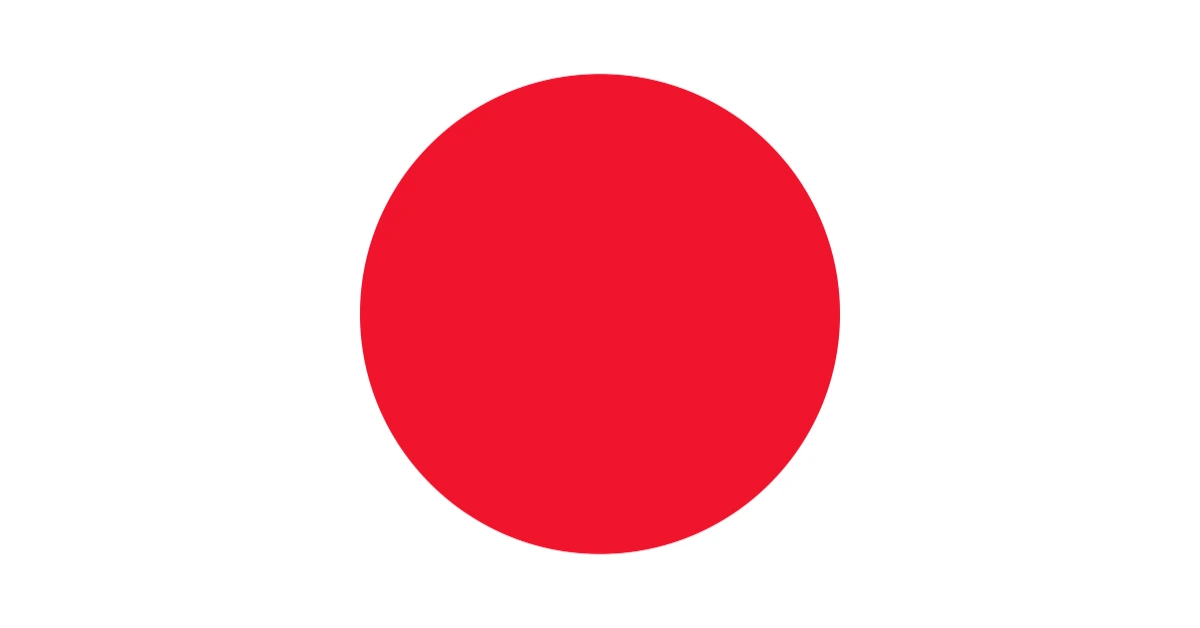Updates on Certain Chemicals in Japan

Updates on Certain Chemicals in Japan
Japan has recently announced significant updates under its Chemical Substances Control Law (CSCL). In a joint effort, the Ministry of Health, Labour, and Welfare (MHLW), the Ministry of Economy, Trade, and Industry (METI), and the Ministry of the Environment (MOE) have introduced 164 new chemical substances, along with assessments focusing on their environmental and health impacts. These evaluations aim to ensure the protection of both public health and the environment by examining the biodegradability and bioaccumulation of these chemicals.
The newly announced chemicals are categorized based on their reporting date: those reported before April 1, 2011, and those reported afterward. Post-2011 chemicals are subject to comprehensive regulations and are classified into subcategories, including Priority Assessment Chemicals and Monitoring Chemicals. Companies producing or importing one ton or more of these chemicals annually are required to submit yearly reports to the authorities.
Three substances, in particular, have been highlighted due to their potential adverse effects on human health and the environment:
- (eta(5)-cyclopentadienyl)tris(N-methylmethanamido-kappaN)zirconium
- 2-(4-aminophenyl)-1,3-benzoxazol-5-amine
- Reaction products of hydrogen peroxide and 1,4-bis{[(prop-2-en-1-yl)oxy]methyl}cyclohexane, containing 80% or more 2,2′-[cyclohexane-1,4-diylbis(methyleneoxymethylene)]bis(oxirane)
These new regulations strengthen Japan’s chemical management system, enhancing environmental safety and public health protections. Companies involved in the production or importation of these chemicals must stay informed and ensure compliance with the latest requirements to avoid legal risks and contribute to sustainable practices.

